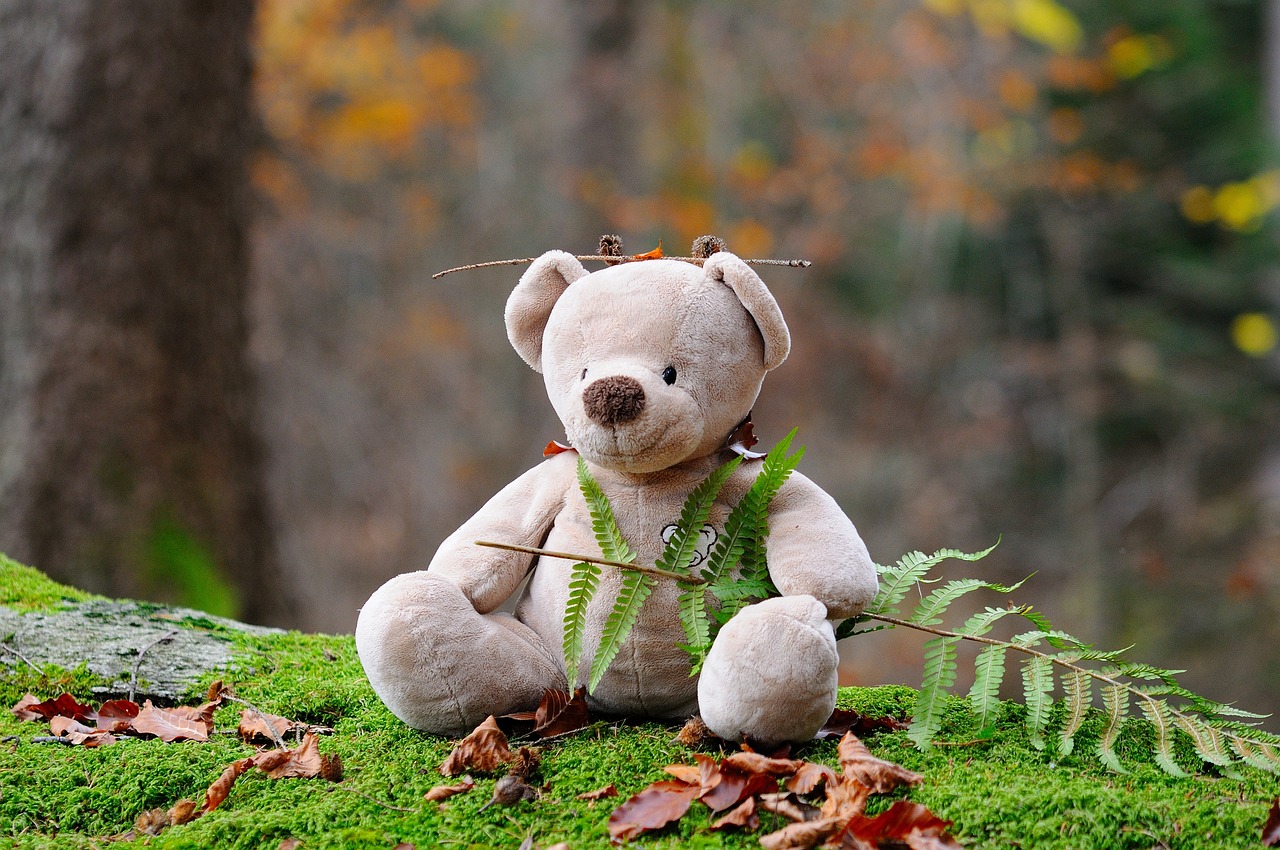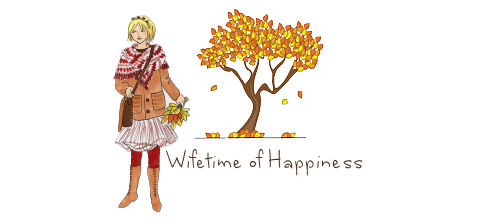
Welcome, fellow crafters and snuggle enthusiasts! Prepare to embark on a whimsical journey as we unveil the secret recipe for how to make a weighted stuffed animal.
In just 7 steps, we'll transform ordinary fabric and fillings into a cuddly companion that feels like a warm hug from a marshmallow.
Get ready to unleash your creativity, and let's dive into this fluffy adventure together! Let's stuff, stitch, and sprinkle some magic into our lives!
7 oversimplified steps to making a weighted stuffie!
1 GATHERING THE MATERIALS YOU'LL WORK WITH
1. Fabric for the animal's body: Choose a soft, durable material that suits your preference. You can explore options like fleece, minky, or cotton. Consider selecting a fabric that complements your stuffed animal's intended design or character.
2. Weighted stuffing material: Look for materials that provide the desired weight for your stuffed animal. Common choices include poly-pellets, plastic pellets, or glass beads. These can typically be found at craft stores or online https://alwaysplushie.com/ . Ensure that the weighted material is safe for your specific project.
3. Sewing kit or machine: A sewing kit with basic supplies such as needles, thread, scissors, and pins is essential. Access to a sewing machine can significantly speed up the sewing process and make it more convenient.
Now that you have a clear idea of the materials needed take your time to gather them. This way, you'll be well-prepared and ready to move on to the next step of creating your delightful weighted stuffed animal!
2 REMOVE THE STUFFING
Determine the best method for removing the original filling by examining the stuffed animal's seams and apertures. Examine the body of the animal. Search for any closures or sutures holding the stuffing within.
Unpick or open the seams:
1. Carefully undo the stitches keeping the seams together using a seam ripper or tiny scissors.
2. Observe caution and take your time to avoid cutting or tearing the cloth.
3. Open the plush animal's zipper or Velcro clasp if it has one to see inside.
Once you can access the interior, gently remove the original stuffing by pulling it out one piece at a time. You can use your hands or tiny implements like tweezers to remove it. Be gentle to prevent tearing the seams or cloth.
Examine the fabric and seams: While taking out the stuffing, look for any loose threads, flimsy seams, or fabric rips. Before continuing, consider strengthening the seams or doing minor repairs if you find any problems.
Prepare the weighted material: After removing the original filling, the weighting material has to be ready. Make sure the poly pellets, plastic pellets, or glass beads you use are clean and debris-free. Use a bean bag as a weighted insert for a less complicated method.
Fill the animal's body: Gently insert the weighing material of your choice. To ensure that the weight is spread correctly, avoid overfilling it. Ensure the weight is evenly distributed by paying close attention to the animal's form and characteristics.
The animal's apertures should be sealed after the filling is in place. If you unpicked the seams, use a sewing machine or a needle and thread to put them back together gently. Ensure the stitches are firm and tight to prevent the weighted material from pulling out.
Following these instructions, you can successfully take out the animal's original stuffing and prepare it for the new weighted filling. Take pleasure in giving your stuffed animal the ideal weight distribution!
3 Time for some bean bag fun (optional)
Grab two soft, sturdy fabrics and stitch them together, leaving a small opening. Now, turn it inside out like a magician revealing a secret trick! Fill it with your chosen filler material, making it plump but not overly heavy. Seal the deal by sewing up the opening with joyful stitches. Ta-da! You've got a bean bag to hold the weight in style!
4 Pick the Perfect Weighted Filling Material
Leather – Fancy and robust, leather brings a touch of luxury. Just be mindful of allergies so that everyone can enjoy the plush goodness.
Plastic – For some severe heft and fluff, plastic pellets are your go-to. They'll stay put inside your toy, making it plump and perky.
Hemp – Looking for an eco-friendly choice? Hemp is here to save the day! It's hypoallergenic, durable, and comforts your toy at any temperature.
Foam: If you want versatility, the foam's got your back. It's polyester-based, comes in various densities, and can easily be shaped and cut.
Polyester: This durable synthetic fabric is a low-maintenance superstar, keeping your stuffed toys fresh and wrinkle-free.
Wool: Soft, snuggly, and hypoallergenic wool is a crowd-pleaser. It's like a warm hug that lasts, outlasting the competition.
5 Stuff It with Weighted Awesomeness
Now comes the fun part! Start by filling the body with regular stuffing, creating a cozy base. Then, add your chosen weighted material, spreading it out evenly for a well-balanced plush pal.
6 Sew Up the Happy Seams
Time to unleash your stitching skills! Grab a needle, thread, or a trusty sewing machine [1]. Stitch up those seams, ensuring they're locked tight like a secret handshake. No peeking at the weighted material from the outside! Please give it a gentle test to ensure it's not too heavy for those cuddle sessions.
7 Embrace & Cherish Your Weighted Snuggle Buddy
You've made something extraordinary! Gift it to someone dear, or keep it as your snuggle companion. Bask in the joy of your one-of-a-kind creation, knowing it's ready to bring warmth and comfort to your world. Get ready for endless hugs and moments of pure stuffed animal bliss!
If you need more assistance, I'm here with a virtual high-five and a smile!
FAQ
Can I use rocks to weigh down my stuffed animal?
Rocks? Oh, we're not going full Flintstones here! Instead, try using poly pellets or glass beads for a comfier cuddle.
How do I prevent my stuffed animal from turning into a sumo wrestler?
Ah, the fear of an overfed plushie! To avoid a hefty pal, make sure to weigh it gradually. Add the filling a little at a time, or you might end up with a wrestling champ instead of a cute buddy.
Is it safe to use a brick as a weight for my stuffed animal?
Safety first, my friend! Bricks are for houses, not huggable companions. Opt for materials like plastic pellets or rice, and keep the construction sturdy but snuggle-friendly.
What if my stuffed animal ends up looking like a lumpy potato?
Fear not; we'll avoid the spud-like appearance! To keep your creation looking cuddly, evenly distribute the weight throughout the body. No one wants a misshapen tater-teddy!
Can I make a giant weighted stuffed animal to use as a pillow?
Oh, the dream of snuggling with a colossal companion! While it may sound tempting, keeping the size manageable is best. A regular-sized weighted plushie will provide the perfect dose of cosiness without causing you to lose your entire bed.
Remember, my friend, keep it safe and snuggly, and let your imagination run wild as you create your own weighted stuffed animal! Happy crafting!
